Temple of Literature & Imperial College: All You Need to Know
Temple of Literature: Hanoi Capital City boasts an endless amount of grandeur, history, and magical tales that can enchant any traveler. Entangled with hidden tourist attractions of serenity and peace, this city possesses a treasure with rich historical imprints, which was considered the first country national university – Temple of Literature and Imperial College (Vietnamese: Văn Miếu - Quốc Tử Giám). Visiting this spot, you will recognize there still exists tranquil place in the city center.
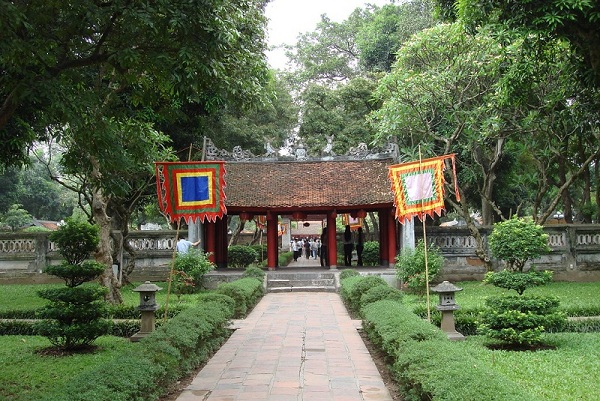
- Location: No 58 Quốc Tử Giám, Văn Miếu, Đống Đa, Hà Nội
-
Opening Hours: Everyday
- In summer time ( From April to October) : 07:30-17:30
- In winter time (From October to April) : 08:00-17:00
-
Entrance Fee:
- Adults: 30,000 VND / ticket (~US$ 1.3) for Locals and foreigners
- Students: 15,000 VND / ticket (~US$ 0.7) (student card required)
- Children under 15: Free of Charge
- Dress code: Cloths to cover Shoulders & Knees.
History of Temple of Literature (Văn Miếu) and Imperial College (Quốc Tử Giám):
Temple of Literature and Imperial College located to the south of the Imperial Citadel of Thang Long, the Temple of Literature was built in 1070 by King Ly Thanh Tong as a Temple for worshipping the Chinese philosopher Confucius.

In 1076, King Ly Nhan Tong established the Imperial College as a royal school for only members of royal family and gorvernment officers such as princes, nobles, and bureaucrats.
In 1253, King Tran Thai Tong expanded and recruited the children of civilians with excellent academic ability to study in Imperial College. The function of the Imperial College became more and more prominent than the function of a ceremony place.
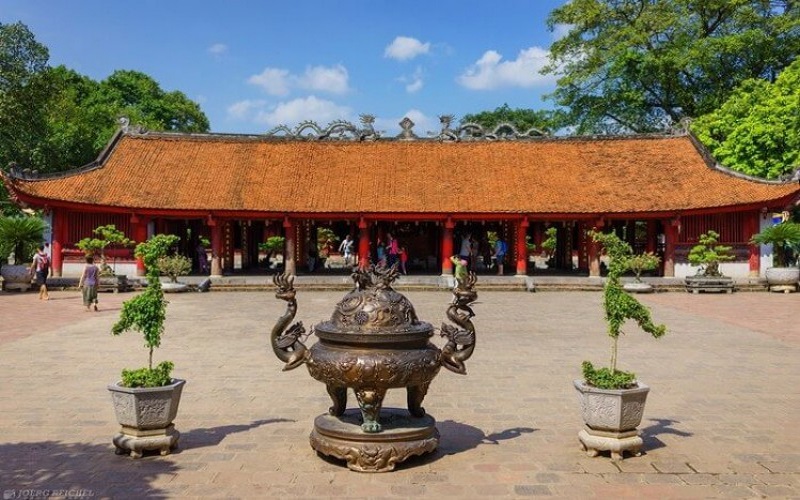
In the reign of Tran Minh Tong, Teacher Chu Van An was appointed as the official of the Prince in charge of Industry (equivalent to the present Principal), directly teaching the princes. In 1370, when he died, King Tran Nghe Tong established a worship alter for him at Van Mieu next to Confucius.
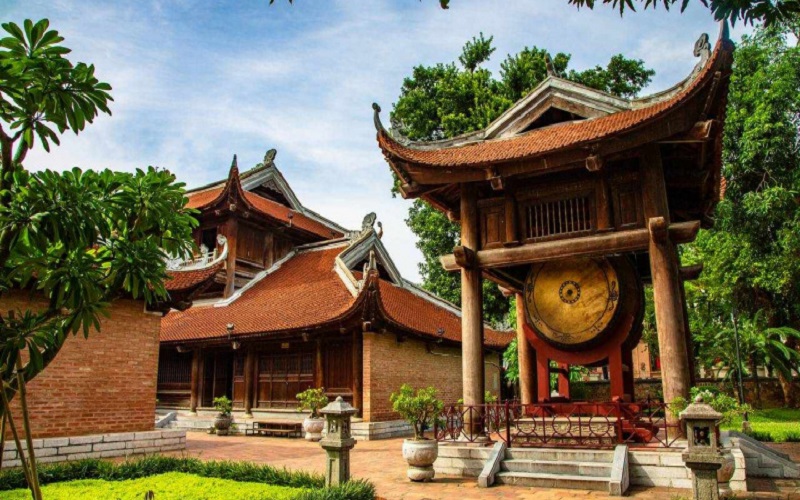
In the late Lê Dynasty, Confucianism was very popular. In 1484, Le Thanh Tong erected the steles of those who passed the doctorate examinations from 1442 onwards (the policy was set in 1442 but not implemented). Each department, a stele is placed on the back of the turtle. By that year, the Lê Dynasty had organized 12 senior examinations. Le Thanh Tong (1460-1497) held regularly every three years, exactly 12 examinations. In 1762, King Le Hien Tong amended it as Quoc Tu Giam - a high-class training and educational institution of the court.
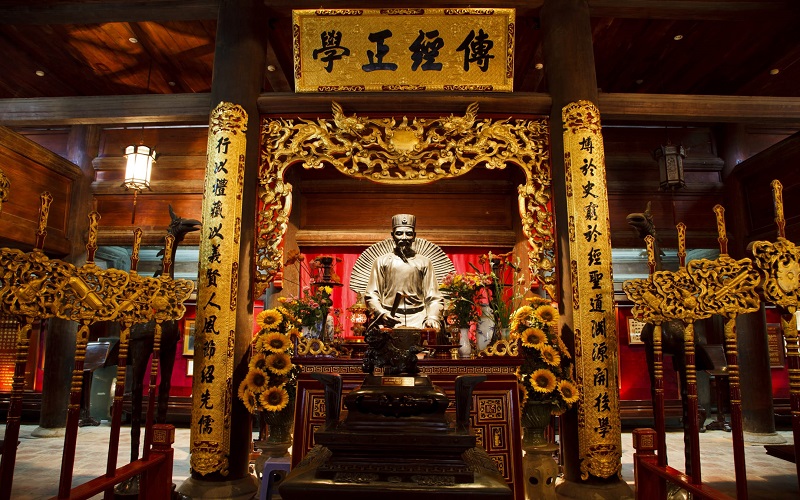
During the Nguyen Dynasty (1802-1945), Quoc Tu Giam was established in Hue City. In 1802, King Gia Long appointed this place as Hanoi Temple of Literature. The northern governor of Nguyen Van Thanh built Khue Van with the side of square wells. So at the beginning of the Nguyen Dynasty, Van Mieu Thang Long was once changed to just Van Mieu of Bac Thanh town, later changed to Van Mieu in Hanoi. Quoc Tu Giam was changed to the school of Hoai Duc government and later in this area built Khai Thanh temple to worship Confucius' parents.
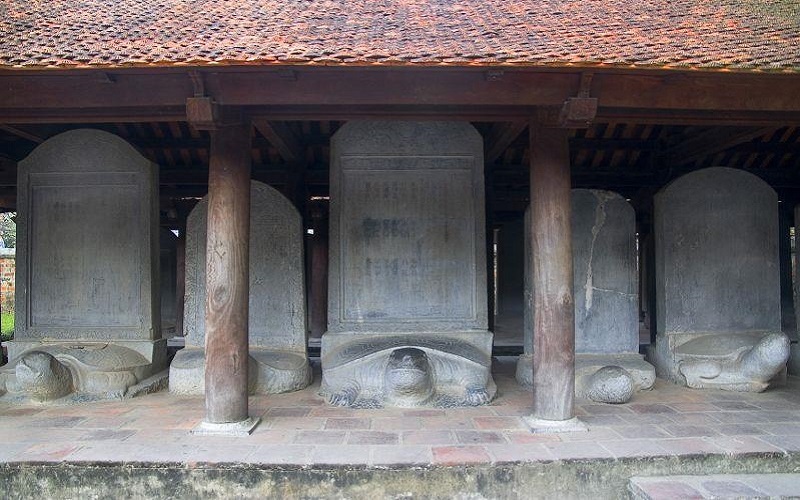
In early 1947, French colonialists fired cannons to collapse the house, leaving only a foundation with two stone pillars and four stone tablets. Today, the entire Thai Hoc area was built with an area of 1530m² on a total area of 6150m², including the main architectural works of Tien Duong, Hau Duong, Ta Vu, Huu Vu, bell houses, and empty houses modeled after the traditional architecture on the ancient land of Quoc Tu Giam.
Architecture of Temple of Literature and Imperial College:
The Temple of Literature in Hanoi has a total area of over 54.000 m2. It is lying in four streets including Quoc Tu Giam Street in the south, Nguyen Thai Hoc Street in the north, Ton Duc Thang Street in the east, and Van Mieu Street in the west. Its architecture is a combination of imperial and Confucius style. The outside of the temple is surrounded by brick walls. The inside is divided into five walled courtyards with different architectures which represent five basic elements forming the world: Metal – Wood – Fire – Water – The earth.
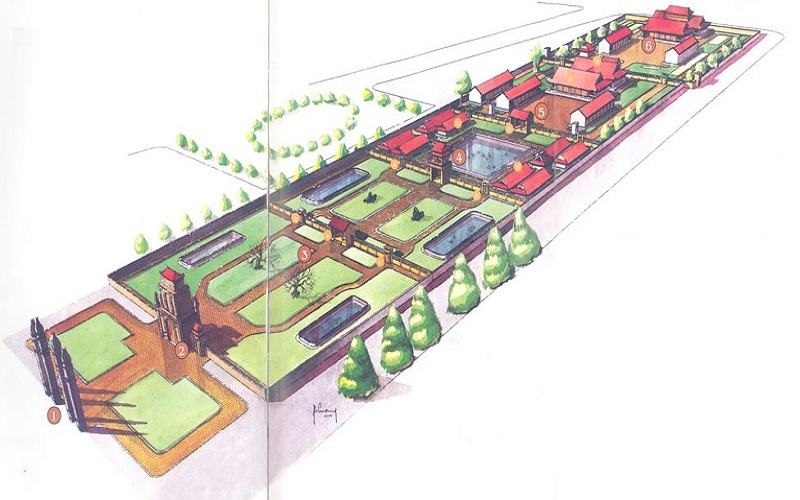
- The first courtyard - Dai Trung Gate area:
This courtyard extends from the main gate of the temple to the Dai Trung Gate (the great middle gate), therefore, it is usually called the Dai Trung Gate area. There are two smaller gates on the right and the left side of Dai Trung Gate including Dai Tai (Attained Talent) and Thanh Duc (Accomplished Virtue), which implies that a successful person should have both talent and virtue.
One interesting feature of Dai Trung Gate is the carp symbol located at the top of the gate which originates from a meaningful Chinese story: "Many carps swim upstream against the river's strong current in a contest held by God, but only a few are capable of the final leap over the waterfall. If a carp successfully makes the jump, it can transform into a powerful dragon." This is a metaphor for Vietnamese students who have to overcome much hardship to gain success in education.
- The second courtyard - Khue Van Pavilion (The Pavilion of Constellation):
Khue Van Pavilion was built in 1805 on four white-washed stone stilts. Its size is not big but it has unique and harmonious architecture. At the top is a red-colored with two circular windows and an elaborate roof. Inside, there is a bronze bell hanging from the ceiling to be rung on auspicious occasions. Today Constellation of Literature Pavilion has become a typical symbol of Hanoi because of its sophisticated design following Hanoi style. The name - Khue Van is given from the brightest star in the sky which is dedicated to the beauty of literature. This is the place that held the poetry competitions in the past.
- The third courtyard - The distinctive feature of the temple:
When you go through the Khue Van Pavilion, you can immediately reach to the Thien Quang Well (Well of Heavenly Clarity). This well is one of the key factors that keep the atmosphere of the temple to be fresh and tranquil. On the right and the left side of Thien Quang Well, there are 82 turtle steles divided into 2 rows. All steles were placed on the back of turtles and carved the name of doctors who passed the imperial examinations. Originally, there are 91 doctorate steles. However, due to wars and natural disasters, there are only 82 left. On March 9, 2010, UNESCO officially recognized 82 turtle steles in a list of world's documentary heritage. Since then, there are more and more international tourists visiting the Temple of Literature because of its historic and cultural values.
Interestingly, Vietnamese people believe that these Turtle Steles stand for wisdom, therefore, each year, before the national university entrance exam, a lot of students come here and touch the head of these turtles to get luck and wish to pass the exam. This action has made a lot of damages to the turtle steles so today, it is prohibited.
- The fourth courtyard - Ceremony area:
You can enter the fourth courtyard through Dai Thanh Gate (The gate to great success). In the center is Dai Bai Duong (House of Ceremony). This was a place for Emperors and Fellows to make their offerings to Confucius. New doctors who passed the imperial examination would come to House of Ceremony to kneel and bow to show their respect.
The next building is the Thuong Dien where worshipped Confucius and his four closest disciples Yanhui, Zengshen, Zisi, and Mencius. Also, there is a small museum displaying inkwells, pens, books and personal artifacts belonging to some of the students that studied at the temple. Originally, each side of the fourth courtyard was to keep altar Confucius and Chu Van An (a master of the Imperial Academy), yet they have now been converted into souvenir shops and drinks stalls.
- The fifth courtyard - The Imperial Academy:
In 1076, Emperor Ly Nhan Tong ordered the construction of an Imperial Academy and it was expanded through dynasties. From the original purpose to teach princes and nobles, it became the first university in Vietnam where a lot of talented students studied. With its long history, the Imperial Academy honors the talents, the national traditions and the culture and education of Vietnam.
Today, it is reconstructed with several buildings that are based on the traditional architecture in harmony with the surrounding sights of the temple. Traditional ceremonies are organised in the front building on special occasions. The rear building is divided into two levels including the ground floor and the upper floor. The ground floor that has a statue of Chu Van An (a prestigious master who had significant contributions on Vietnam education) and shows exhibits of the temple and the academy with a display on Confucian education in Vietnam, the upper floor is the place to worship the three monarchs who contributed most to the foundation of the temple and the academy (Ly Thanh Tong the founder of the temple in 1070, Ly Nhan Tong founded the Imperial Academy, and Le Thanh Tong ordered the erection of the turtle stone stelae of doctor laureates in 1484).
How to Get to Temple of Literature and Imperial College?
Temple of Literature and Imperial College is located about 3 km west from Hoan Kiem Lake and 1km south of Thang Long Imperial Citadel. You can get to Temple of Literature and Imperial College in just 10 minutes using a taxi and about 30 minutes walking on foot from Hoan Kiem lake.
Recommended Tours:
See Also:

![]()
![]()
![]()
![]()
![]()
Best of Vietnam

Best Vietnamese Food You Have to Try in Vietnam
Best Food in Vietnam: Vietnamese Traditional Food is top World well known to be both healthy and...
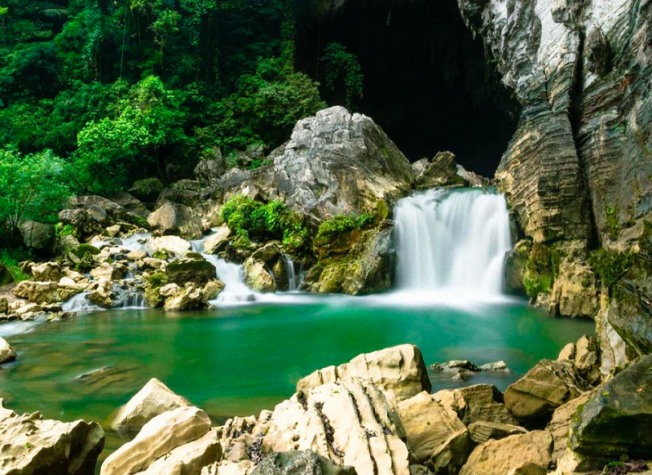
10 Best National Parks in Vietnam
Vietnam Travel Guide: If you look for the Best Wildlife Discovery Experience in Vietnam, here are...
Read More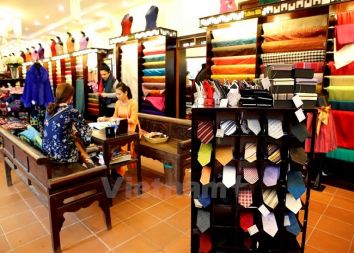
Best Souvenir to Buy in Vietnam
If you look for Best Things to Buy when traveling to Vietnam to bring home for your family & friends...
Read More
The 10 Best Places to Visit in Vietnam
Vietnam Travel Guide: Home to an extensive collection of historical and cultural attractions,...
Read More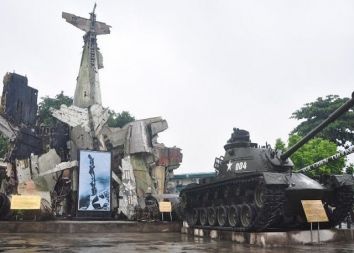
Top 10 Museums You Should Not Miss in Vietnam
Vietnam, 4.000 years old country has a unique and lengthy history, culture with 54 ethnic groups. It...
Read MoreFind your trip
Vietnam Best Tours
Vietnam Car Rental
Vietnam Travel Blog
- Vietnamese People: Origin, History, Culture and Traditions
- Vietnam Currency: Best ATM and Places to Exchange Money
- Vietnam Map: Regions, Cities & Provinces Map of Vietnam
- What is illegal Things in Vietnam: Rules & Laws for Tourists
- Best Time to Travel to Vietnam to Avoid the Bad Weather
- Vietnam News: Population & Religions of 54 Ethnic Groups









